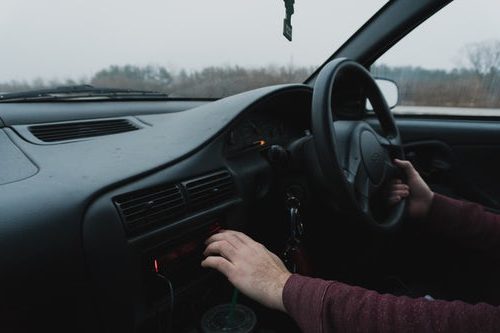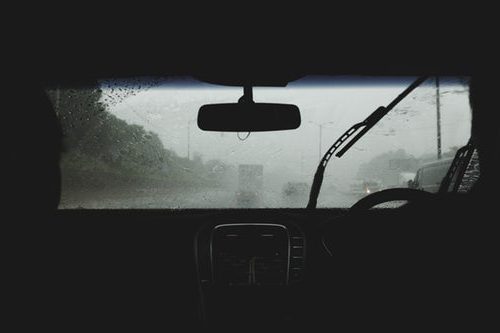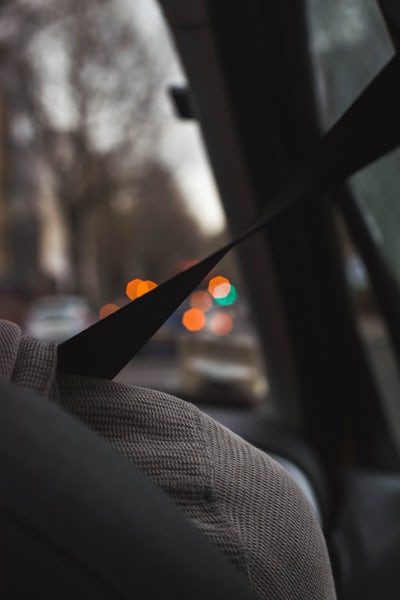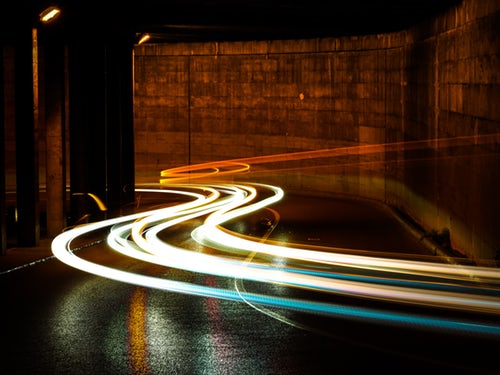Despite the cavalier way we approach it, driving a motor vehicle is probably the most dangerous thing we do on a daily basis.
THINGS ARE definitely improving, with the number of fatalities steadily falling across the country (although there has been a worrying and hopefully atypical upward trend in some states this year), but this reduction is as much due to improvements in active and passive safety in modern vehicles and improved roads than anything drivers are doing. Any fatality on our roads is a cause for concern and although we won’t see zero road fatalities until all of our driving is done for us by autonomous vehicles (and even then, there will still be situations that result in deaths) we have an obligation to make ourselves and others as safe as we can on our roads.
Here is a simple checklist of the things you can do, and not do, to make our roads safer.

1. Don’t drive under the influence of drugs or alcohol
No matter how often the message is sent out, people are still driving under the influence of alcohol and drugs. Even though the incidence of drink driving is reducing, most traffic-related deaths are caused by drunk drivers. Alcohol impairs your ability to drive, your ability to make rational decisions and worst of all, to react. There is always another option other than driving after drinking or taking drugs. Nominate a designated driver or call a cab. You may think you can drive after a puff of marijuana or some other recreational drug; you’re probably wrong, and the penalties are severe if drugs are detected in your system when you’re behind the wheel.
2. Don’t drive when you’re tired
The only cure for tiredness is sleep – it can’t be fixed by opening a window, pumping up the volume on the stereo or guzzling down coffee. And driving when you’re drowsy is as dangerous as driving drunk. Tired drivers are slow to react, and are at risk of falling asleep at the wheel. A dozing driver won’t do anything to avoid a crash, or even slow down before impact. If you feel tired, pull over and grab a few zeds.
3. Speeding
Speeding, or more specifically, speeding when it is not appropriate, is the second leading cause of traffic fatalities after drunk driving. According to a US study by the Insurance Institute for Highway Safety, “The relationship between vehicle speed and crash severity is unequivocal and based on the laws of physics.” The faster you’re going, the more severe will be the impact. Of course, if our speed limits weren’t so arbitrary and illogical, more people would be inclined to abide by them, but that’s a different argument. The US study also points out that the likelihood of a crash increases when a driver goes above or below the average speed on a given roadway. When everyone travels at the same general speed, things are more predictable, and the road is safer as a result.

4. Don’t get distracted when driving
Driving a car isn’t difficult, is it? You do it every day and you’re still here. And it’s wasted time, so why not put that time to good use? Other people seem to be happy to apply make-up, talk on the phone, send text messages, eat breakfast and sip a morning coffee… it’s amazing how many things they can find to do at the same time as driving. And yet distractions are one of the major causes of crashes, major and minor. So when you’re driving, don’t do anything other than drive; because good driving requires your full, undivided attention. As for using that time more productively… that will have to wait for self-driving cars.

5. Driving too fast for the weather conditions
When it rains, hails or sleets, roads become even more treacherous. This is one occasion when travelling at less than the posted speed limit may be your best option. Even if you have all-wheel drive, slippery conditions can cause loss of control. As well as reducing your speed, increase the distance between you and the car in front.
6. Drafting semi-trailers
Following closely behind a large truck will improve your fuel economy, but is your life really worth a few cents? Travelling less than 50 metres behind a truck gives you less than two seconds to react if the truck suddenly brakes. Another consideration is that when you travel closely behind a truck, the driver can’t see you. And you may notice that a truck’s trailer is at the ideal height to remove your car’s roof if you slide under it. As well as your head.
7. Reckless driving
Driving like an idiot is a good way to get involved in a crash. Swerving, weaving in and out of traffic, passing on the inside or in the emergency stopping lane, braking and accelerating suddenly and even driving slowly in the fast lane will all aggravate other drivers and make it more difficult for them to anticipate your next move. Excessive speed is considered a form of reckless driving by many authorities who will impose severe penalties.

8. Not wearing a seat belt
We may as well give up on this one: if people still aren’t wearing seat belts after seeing all the evidence that they save lives, then we should consider these recalcitrants as contributing to natural selection by removing really stupid people (themselves) from the gene pool. Airbags also save lives, but they are designed to work in conjunction with seat belts. And don’t fall into the common trap of thinking “I’m just popping down the street, so I won’t bother.” Most crashes occur within a few minutes of home, so if you’re not wearing your seat belt, you’re taking an unnecessary risk.
9. Failure to yield the right of way
Failure to yield right of way is one of the major causes of crashes among older drivers (70 and over). It is particularly common on freeway on-ramps. Truck drivers live in fear of people entering freeways from on-ramps and pulling out in front of them. Another increasingly common problem is people ignoring stop signs and red lights. Even if you are approaching an intersection facing a green light, or one controlled by stop signs, don’t automatically assume the other drivers will stop. You may have had right of way, but you’ll be just as dead as if you didn’t.
